When Giants Fell: The Asteroid Theory Of Dinosaur Extinction

Introduction
The question of what caused the extinction of the dinosaurs has long fascinated scientists and the general public alike. One of the leading theories is that a massive asteroid impact was responsible for the event. This theory has gained widespread acceptance since it was first proposed over 30 years ago. In this article, we will explore the evidence and arguments for this hypothesis in more detail.
The science behind the asteroid theory
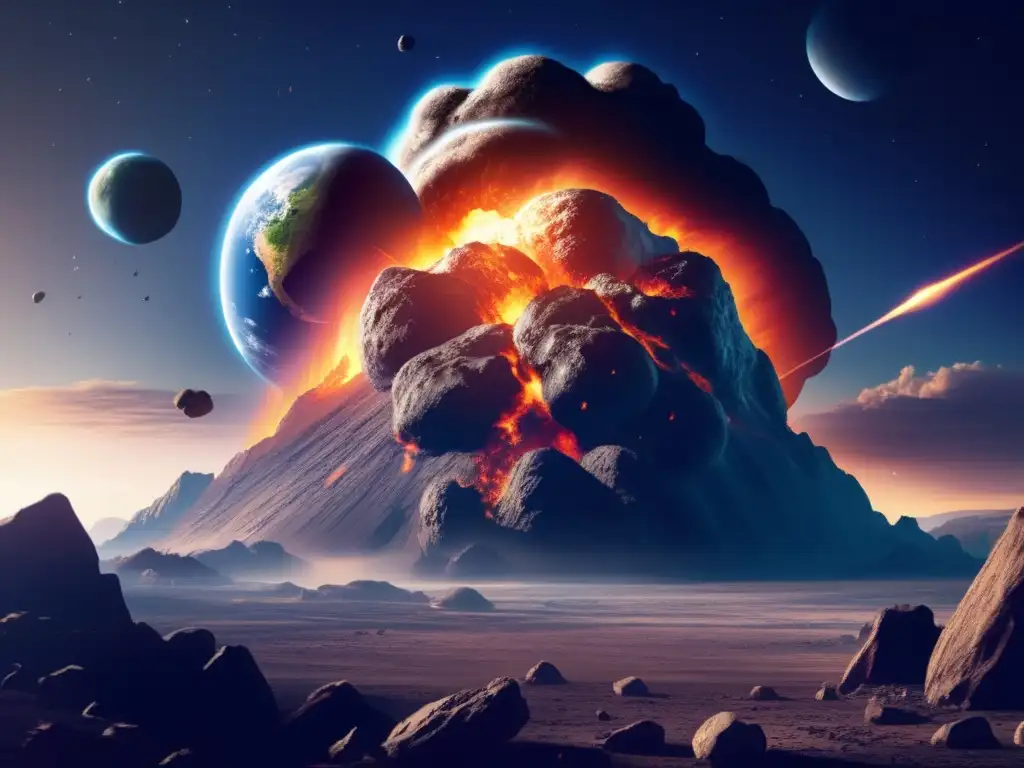
The discovery of the Chicxulub crater
In 1980, geologist Walter Alvarez and his colleagues discovered a layer of sediment rich in iridium, an element that is rare in Earth's crust but is abundant in asteroids. This led them to propose that an asteroid had struck the Earth at the time of the dinosaur extinction. In 1991, the Chicxulub crater off the coast of Mexico was discovered. Scientists believe that this 180-kilometer-wide crater was caused by an asteroid impact around 66 million years ago, which is consistent with the timing of the extinction event.
Evidence from the geological record
The impact would have caused widespread devastation, including earthquakes, tsunamis, wildfires, and global cooling due to dust and debris in the atmosphere. The geological record shows a sudden and sharp decrease in the number of fossils and a layer of ash and debris that coincides with the extinction event. Additionally, there is evidence of a spike in radiation levels that would be consistent with an asteroid impact.
Modeling the impact
Scientists have used computer models to simulate the effects of an asteroid impact on Earth. These models show that the impact would have caused a global catastrophe, wiping out vast numbers of species and causing long-term climate change. The asteroid that struck Chicxulub is estimated to have been between 10 and 15 kilometers in diameter, which would have released energy equivalent to billions of nuclear bombs.
Alternative theories
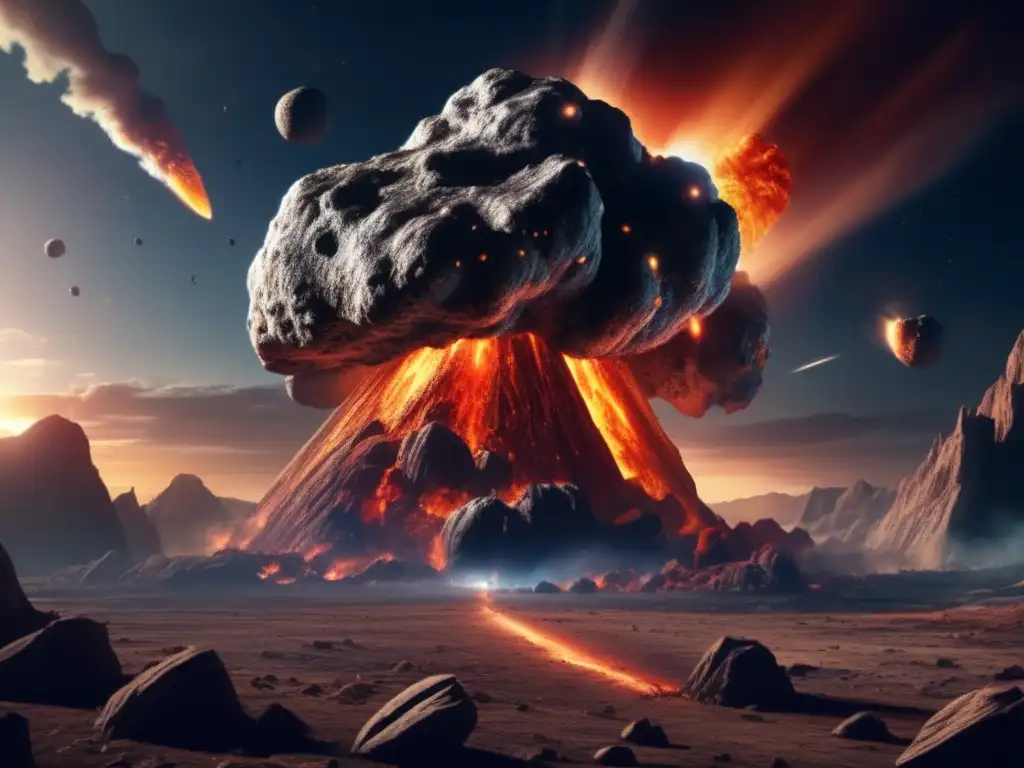
Volcanic eruptions
Some scientists have proposed that massive volcanic eruptions in India, which occurred around the same time as the dinosaur extinction, were responsible for the event. However, evidence suggests that these eruptions occurred before the extinction, rather than afterwards, and thus could not have been the primary cause.
Climate change
Others have suggested that gradual climate change, rather than a sudden catastrophic event, led to the extinction. While it is true that the Earth's climate was changing at the time, this theory fails to account for the suddenness and severity of the extinction event, as well as the presence of the Chicxulub crater.
Multiple causes
Some scientists suggest that a combination of factors, including both an asteroid impact and other environmental stresses, such as changing climate and volcanic eruptions, may have contributed to the extinction of the dinosaurs.
Frequently Asked Questions

-
How big was the asteroid that struck Earth?
The asteroid is estimated to have been between 10 and 15 kilometers in diameter.
-
Did all dinosaurs go extinct?
While many species of dinosaurs did go extinct, some smaller, bird-like dinosaurs survived and evolved into modern birds.
-
Could an asteroid impact happen again?
Yes, it is possible for another asteroid to collide with Earth. However, NASA and other organizations are constantly monitoring the skies and working to prevent such a catastrophic event.
-
What other effects would an asteroid impact have on Earth?
In addition to causing widespread destruction and extinction, an asteroid impact could also cause massive tsunamis, wildfires, and global cooling due to dust and debris in the atmosphere.
-
What can we learn from studying asteroid impacts?
Studying asteroid impacts can help us better understand the history of our planet and the potential hazards that asteroids pose to Earth. It can also inform efforts to prevent and mitigate the effects of future impacts.
Conclusion
The asteroid theory of dinosaur extinction has become widely accepted among scientists and the general public alike. The discovery of the Chicxulub crater and evidence from the geological record provide strong support for this hypothesis. While alternative theories have been proposed, they fail to account for the suddenness and severity of the extinction event. By studying asteroid impacts, we can better understand the history and potential hazards of our planet.
Thanks for reading. Please share your thoughts in the comments section and consider subscribing to www.asteroidrealm.com for more fascinating articles on asteroids.
Additional Resources
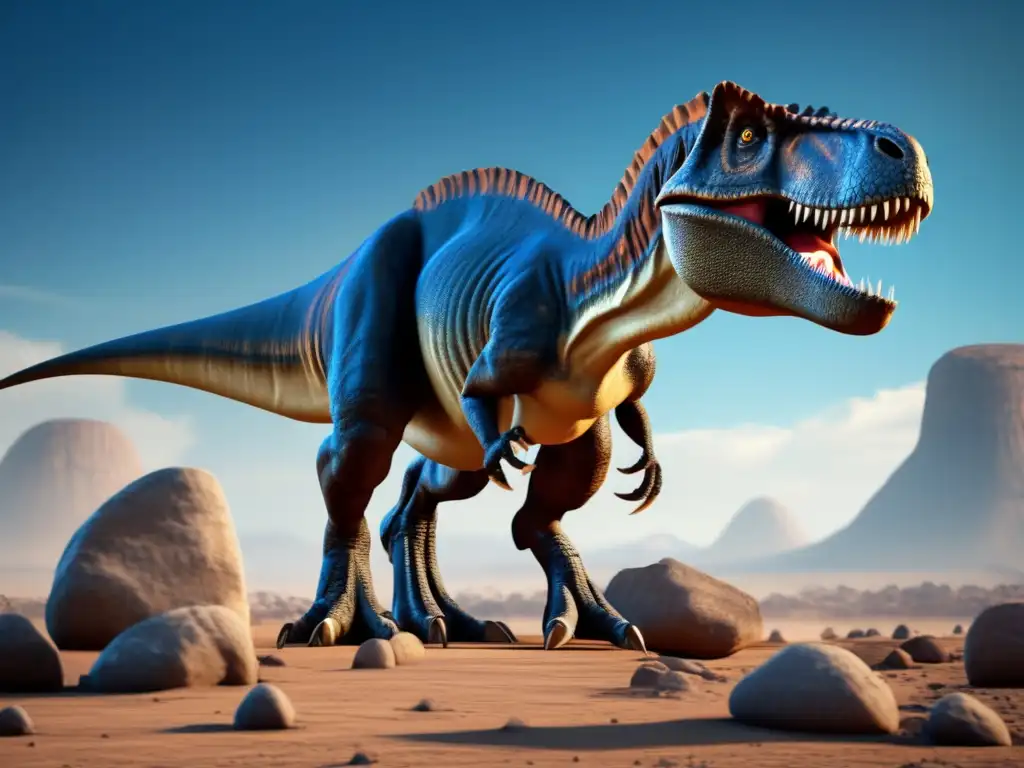
For more information on asteroid impacts and the extinction of the dinosaurs, check out the following resources:
- NASA's Asteroid Impact Website
- Smithsonian Magazine's Coverage of the Chicxulub Crater
- Scientific Article on the Chicxulub Impact
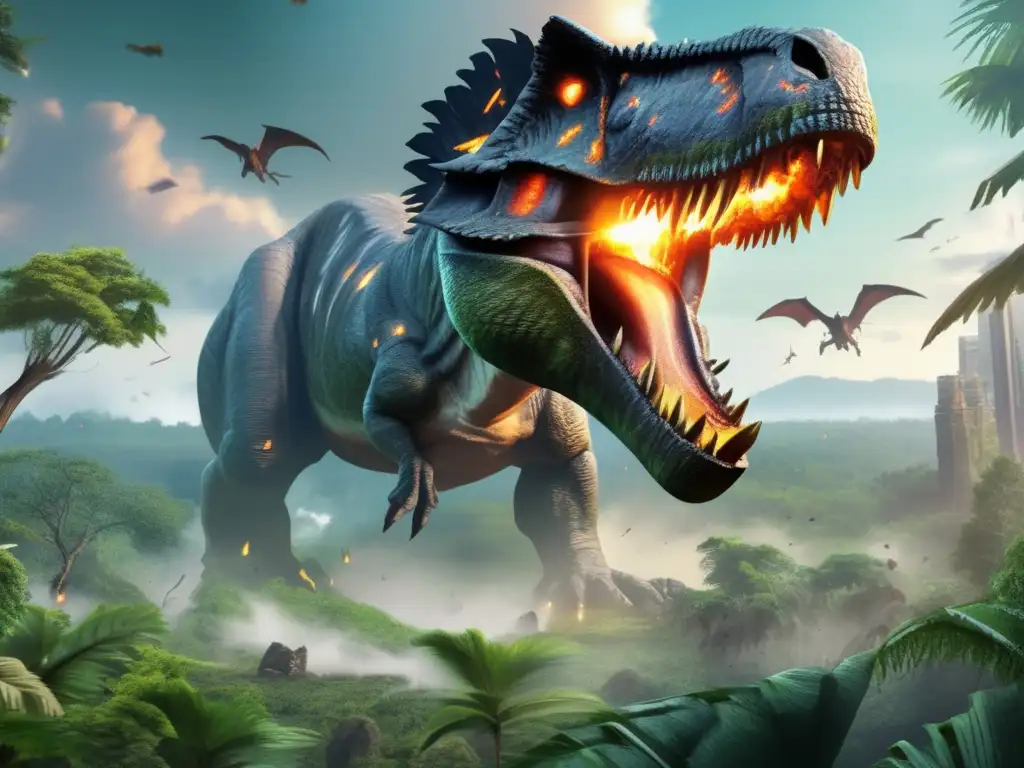 Asteroids Vs Dinosaurs: A Collision Course To Extinction
Asteroids Vs Dinosaurs: A Collision Course To Extinction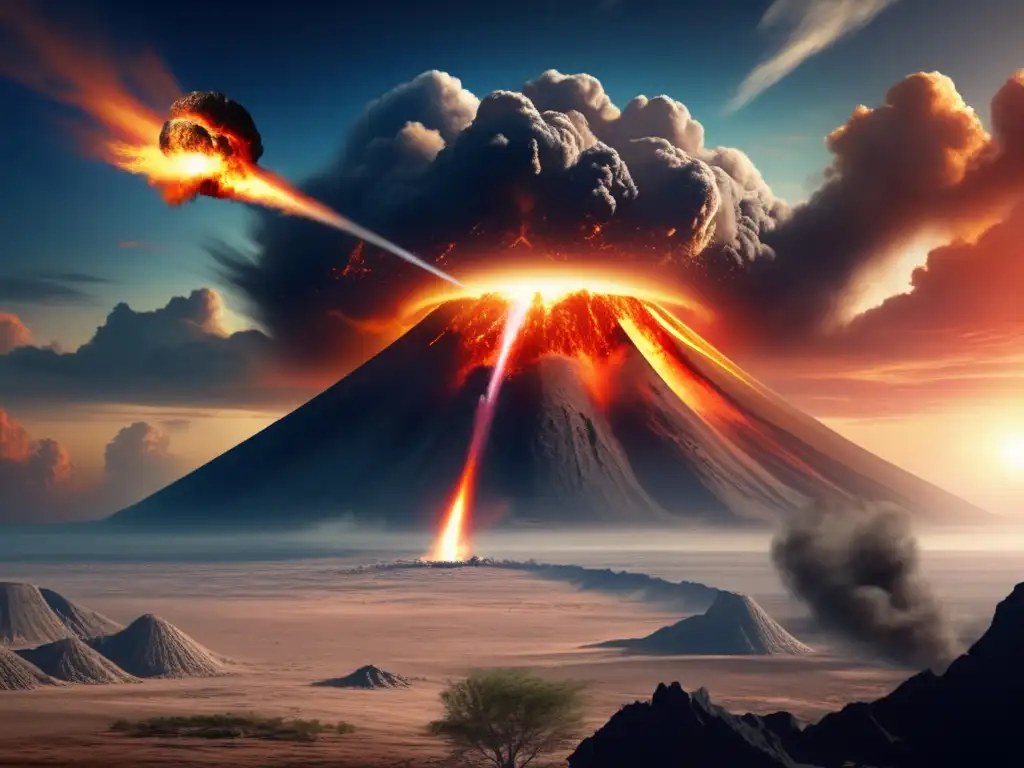 Crater Of Doom: The Chicxulub Asteroid And The End Of Dinosaurs
Crater Of Doom: The Chicxulub Asteroid And The End Of Dinosaurs The Day The Dinosaurs Died: The Cataclysmic Asteroid Impact
The Day The Dinosaurs Died: The Cataclysmic Asteroid ImpactIf you want to discover more articles similar to When Giants Fell: The Asteroid Theory Of Dinosaur Extinction, you can visit the Asteroids and Dinosaurs category.
Leave a Reply

Articulos relacionados: